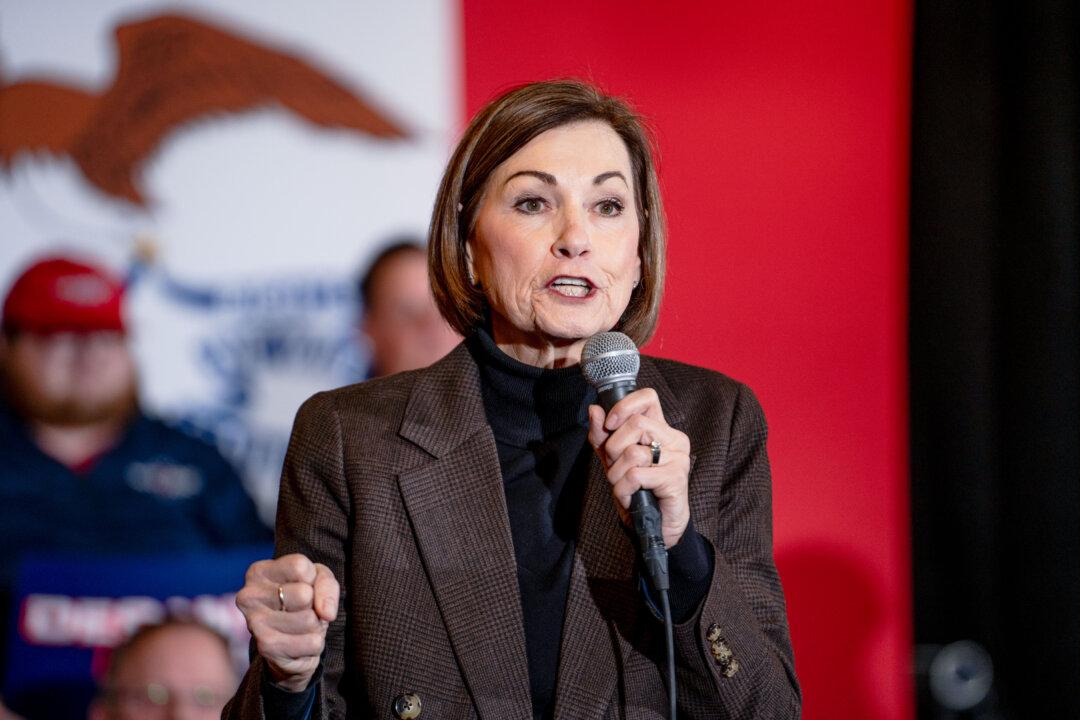Dairy farmers who sold their products at abnormally low prices due to pandemic-related market volatility will be eligible for compensation under a $350 million federal program, according to the U.S. Department of Agriculture (USDA).
Milk prices plunged in March and April of 2020 as schools, restaurants, and hotels were shuttered due to the outbreak. Cheese prices skyrocketed starting in May, however, after the USDA launched its food box program that was meant to help farmers and others in the food industry by funding deliveries of food directly to needy families.
Under the USDA’s new Pandemic Market Volatility Assistance Program, qualified dairy farmers will be reimbursed for 80 percent of the revenue difference per month based on an annual production of up to 5 million pounds of milk marketed and on fluid milk sales from July through December 2020. The agency said the payment rate will vary by region based on the actual losses on pooled milk that were driven by price volatility.
“Family dairy farmers have been battered by the pandemic, trade issues, and unpredictable weather and are the life-blood of many rural communities throughout Vermont, the Northeast, and many other regions,” Agriculture Secretary Tom Vilsack said in a statement.
The agency will make the payments to farmers through independent handlers and cooperatives.
“This targeted assistance is the first step in USDA’s comprehensive approach that will total over $2 billion to help the dairy industry recover from the pandemic and be more resilient to future challenges for generations to come,” Vilsack added.
National Milk Producers Federation (NMPF) CEO Jim Mulhern praised the USDA’s actions on the donation program and the margin coverage scheme but said the market volatility compensation program falls short.
“The government’s COVID-19 response created unprecedented price volatility in milk and dairy-product markets that produced disorderly fluid milk marketing conditions that so far have cost dairy farmers nationwide more than $750 million from what they would have been paid under the previous system,” Mulhern said in a statement, referring to the impact of changes introduced by the 2018 Farm Bill.
Calling the USDA’s announcement “an initial step“ in the effort to help producers recoup as much of their losses as possible, Mulhern said it ”unfortunately falls significantly short of meeting the needs of dairy farmers nationwide.”
He said that “arbitrary low limits on covered milk production volume mean many family dairy farmers will only receive a portion of the losses they incurred on their production last year,” adding that, “these losses were felt deeply by producers of all sizes, in all regions of the country, embodying a disaster in the truest sense of the word.”
Mulhern said the federation would lobby Congress for additional funding to close the gap.





